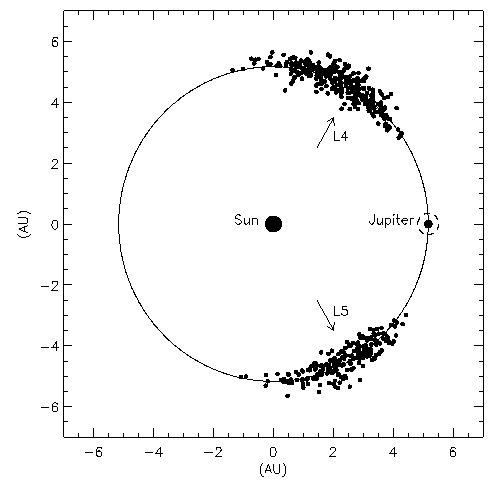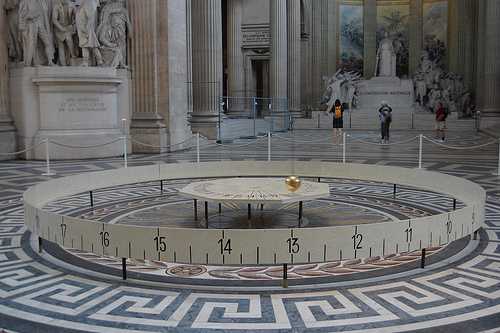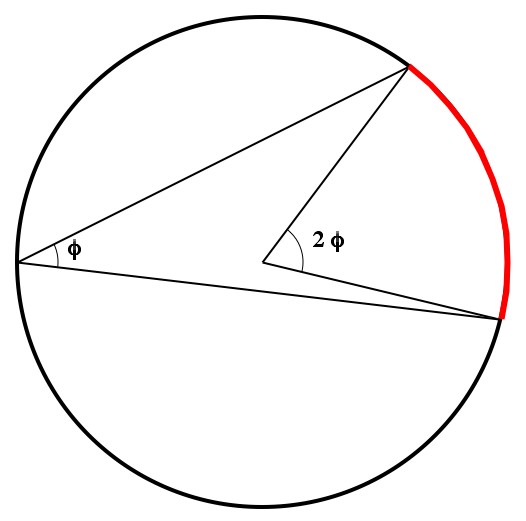Physicist: Bell’s theorem, and its philosophical fallout, is one of the most profound discoveries since relativity.
Bell’s theorem states (among other things) that the universe is fundamentally unpredictable, and that quantum mechanical things (for example: everything) are not actually in one state. If a box could contain either a blue marble or a red marble, then when you open it you’ll see either one or the other. In “reality” it was one color or the other before you open the box. In QM, it can be both before you open the box (it’s actually still both afterwards, but moving on…).
Einstein (and most other physicists of the time) believed that if you knew everything about a system of particles (no matter how big) that you could theoretically predict what that system will be doing in the future, perfectly. Homeboy thought that the only reason that the movement of air molecules seems to be random, is that we can’t perfectly measure that exact position and velocity of every single one. So he thought that every particle truly is in some particular state, but that we merely don’t know for sure what that state is (the marble in the box has only one color, but we don’t know what it is).
The idea that randomness and unpredictability are caused by unknown (or unknowable) things is called “hidden variable theory” (The ‘Stein believed in this). For example; 2, 2, 3, 6, 0, 6, 7, 9, 7, 7, 4, 9, 9, … is not random, but seems random. It would be really hard to predict the next term (7) if you don’t know the hidden variable. (BTW, the “hidden variable” is: this is the decimal expansion of  )
)
Bell’s theorem essentially boils down to a proof that the result of an experiment doesn’t exist until the measurement is made (so it can’t be predicted). Hidden variable theory presupposes that the particles involved are in definite states, which means that the result of a measurement already exists before the measurement is made. For example: before you open a gift what you’ll see is already set in stone. The gift is a set thing before you open the box. This is not the case for most quantum mechanical systems.
Here’s one of the experiments that demonstrates Bell’s theorem, and two ways to look at it.

An entangled pair of photons is created and fired in opposite directions. En route the polarizers are randomly oriented, then the detectors measure whether or not the photons pass through. This is done hundreds of thousands of times to measure the relationship between 1) the difference in angles between the polarizers and 2) the probability of measuring the same result.
The experiment: Step 1: Create a pair of entangled photons and fire them in opposite directions. Entangled particles always yield the same result when they are subjected to the same measurement, and are likely to yield the same result for similar measurements.
Step 2: Randomly orient the polarizers, after the entangled pair is created, but before either is detected (this is hard to time, and is really fast). This is done so that the photons “don’t know what to expect” and “can’t compare notes”. Information about polarizer A would have to travel faster than the speed of light to get to photon B before photon B hits it’s own polarizer. So, without faster than light effects (which don’t exist for many, really good reasons) the photons are each acting independently. The orientation is random so that the photons can’t “plan ahead”.
Step 3: Measure the polarization. If the detector “clicks” then the photon made it through the polarizer, and therefore has the same polarization. If the detector doesn’t click, then the photon had the opposite polarization and was stopped.
The probability of the measurements being the same (for an entangled pair) is  , where
, where  is the difference in angles between the polarizers. It is tricky to see why, but this probability is impossible if you assume that the result of a measurement exists before the measurement is made. Here’s why.
is the difference in angles between the polarizers. It is tricky to see why, but this probability is impossible if you assume that the result of a measurement exists before the measurement is made. Here’s why.
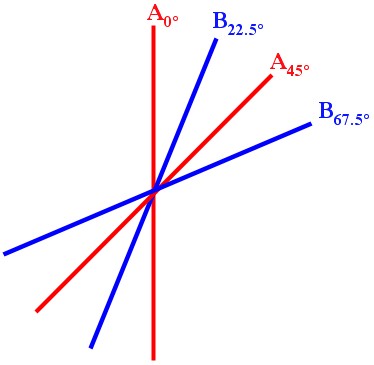
The possible polarizations for polarizer A (red) and polarizer B (blue).
Algebraic approach: Restricting the possible angles of the polarizers to 0° and 45° for A, and 22.5° and 67.5° for B, run the experiment. Here’s what’s about to happen:
1) If you could predict the outcome of each version of the experiment, then you could find a definite value of L (see below).
2) For strictly (unarguable) mathematical reasons L = ±2.
3) Experimentally we find that the average value of L is 2√2.
4) But this is a contradiction, so we cannot actually make useful predictions.
Now it’s happening:
If polarizer A is at 0° and the detector clicks then you’d say “A0 = 1″, and if the detector doesn’t click then “A0 = -1″. Similarly, you can define B67.5, A45, and B22.5. Just for the hell of it, take a look at: L = A0B22.5 + A45B22.5 + A45B67.5 – A0B67.5 = (A0 + A45)B22.5 + (A45 – A0)B67.5
L = (A0 + A45)B22.5 + (A45 – A0)B67.5 = ±2, since either (A0 + A45) = ±2 and (A45 – A0) = 0, or (A0 + A45) = 0 and (A45 – A0) = ±2. So if you could fill out each of these values (A0, A45, B22.5, B67.5), then L = A0B22.5 + A45B22.5 + A45B67.5 – A0B67.5 = ±2 which, notably, is less than or equal to 2.
However, you can’t make all of these measurements simultaneously, so you can’t actually get A0B22.5 + A45B22.5 + A45B67.5 – A0B67.5 for each run of the experiment. The best you can do is find one of these four terms each time you run the experiment. For example, if the polarizer A was randomly set to 45° and the detector clicked, and polarizer B was randomly set to 22.5° and the detector didn’t click, then you just found out that A45B22.5 = (1)(-1) = -1 for that run.
You can however find the expectation value by running the experiment over and over and keeping track of the results and polarizer orientation.
E[A0B22.5] + E[A45B22.5] + E[A45B67.5] – E[A0B67.5] = E[A0B22.5 + A45B22.5 + A45B67.5 – A0B67.5] ≤E[|A0B22.5 + A45B22.5 + A45B67.5 – A0B67.5|] = E[2] = 2.
So E[A0B22.5] + E[A45B22.5] + E[A45B67.5] – E[A0B67.5] ≤ 2. This is one version of “Bell’s Inequality”, and it holds if each term (A0, A45, B22.5, B67.5) has a value.
Using the fact that the chance of getting the same result is  , and that each term is 1 when the results are the same ((1)(1) or (-1)(-1)), and -1 when the results are different ((1)(-1) or (-1)(1)), you can calculate each term. For example:
, and that each term is 1 when the results are the same ((1)(1) or (-1)(-1)), and -1 when the results are different ((1)(-1) or (-1)(1)), you can calculate each term. For example:
![E[A_0B_{22.5}]=P(same)-P(different)=\cos^2{(22.5)}-(1-\cos^2{(22.5)})=\frac{1}{\sqrt{2}} E[A_0B_{22.5}]=P(same)-P(different)=\cos^2{(22.5)}-(1-\cos^2{(22.5)})=\frac{1}{\sqrt{2}}](https://s0.wp.com/latex.php?latex=E%5BA_0B_%7B22.5%7D%5D%3DP%28same%29-P%28different%29%3D%5Ccos%5E2%7B%2822.5%29%7D-%281-%5Ccos%5E2%7B%2822.5%29%7D%29%3D%5Cfrac%7B1%7D%7B%5Csqrt%7B2%7D%7D&bg=ffffff&fg=000000&s=0)
You’ll find that:
![E[A_0B_{22.5}]+E[A_{45}B_{22.5}]+E[A_{45}B_{67.5}]-E[A_0B_{67.5}]=\frac{1}{\sqrt{2}}+\frac{1}{\sqrt{2}}+\frac{1}{\sqrt{2}}-\frac{-1}{\sqrt{2}}=2\sqrt{2} E[A_0B_{22.5}]+E[A_{45}B_{22.5}]+E[A_{45}B_{67.5}]-E[A_0B_{67.5}]=\frac{1}{\sqrt{2}}+\frac{1}{\sqrt{2}}+\frac{1}{\sqrt{2}}-\frac{-1}{\sqrt{2}}=2\sqrt{2}](https://s0.wp.com/latex.php?latex=E%5BA_0B_%7B22.5%7D%5D%2BE%5BA_%7B45%7DB_%7B22.5%7D%5D%2BE%5BA_%7B45%7DB_%7B67.5%7D%5D-E%5BA_0B_%7B67.5%7D%5D%3D%5Cfrac%7B1%7D%7B%5Csqrt%7B2%7D%7D%2B%5Cfrac%7B1%7D%7B%5Csqrt%7B2%7D%7D%2B%5Cfrac%7B1%7D%7B%5Csqrt%7B2%7D%7D-%5Cfrac%7B-1%7D%7B%5Csqrt%7B2%7D%7D%3D2%5Csqrt%7B2%7D&bg=ffffff&fg=000000&s=0)
Holy crap!  ! But that’s a violation of Bell’s inequality! But the existence of each measurement (whether or not you actually do that measurement) is all you need for Bell’s inequality! So if the inequality is false, then the result of those measurements don’t exist if the measurement isn’t made!
! But that’s a violation of Bell’s inequality! But the existence of each measurement (whether or not you actually do that measurement) is all you need for Bell’s inequality! So if the inequality is false, then the result of those measurements don’t exist if the measurement isn’t made!
God plays dice with the universe.
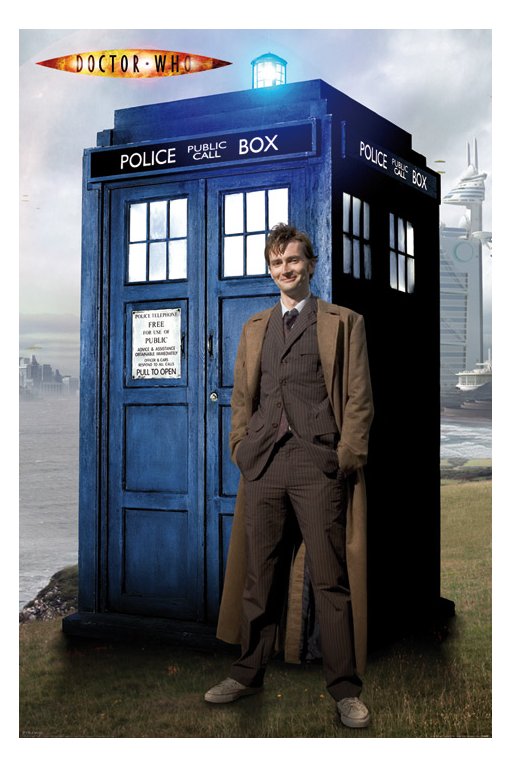
Maybe, if you’re clever and have ready access to a time machine, you could go back and do all the measurements you didn’t make the first time. Then all the results would have to exist! They’d just have to!
Me and my time machine vs. quantum mechanics: If the results exist, but you just didn’t happen to do all the measurements, why not get a time machine? Then you could do one measurement, go back, do a different measurement, go back, do a different measurement, … Then every possible result would be known.
However, once again that correlation probability ( ) screws things up.
) screws things up.
So, for example, if the photon goes through at 50°, and then you go back in time, change the polarizer to 51°, and repeat the experiment, then there’s a 99.97% chance (cos2(1°) = 0.9997) that the photon will go through again.
One result from probability says that  . Do this twice and you get
. Do this twice and you get  . So if you measure in the 0° direction to find A0, then go back and change the angle by 1° and repeat this until you’re measuring at 90°, then:
. So if you measure in the 0° direction to find A0, then go back and change the angle by 1° and repeat this until you’re measuring at 90°, then:


So, if you go back and forth in time to measure whether or not the photon goes through at 1° increments, then there’s a 97% chance that by the time you get to 90° you’ll be getting the same result you did at 0°. However, in reality  .
.
But this is a contradiction. So the results of each measurement (A0, A1, A2, …, A90) can’t all exist.
If I had to guess, every time you go back in time the experiment is completely reset, and the experiment becomes completely random again. The reason (such as it is) is below this unsettling picture.

Wait. Wait… Why?
But why?!: It turns out that the reason that the results of a quantum event can’t be predicted, is that every possible result of that event plays out. So if you ask “will I see the photon go through the polarizer?” the answer is “yes, some versions of you will see the photon go through” and an equally valid answer is “no, some versions of you will not”.
If different versions of you will see every possible result, then the result can’t be predicted, and doesn’t really exist one way or the other until after the measurement is done. At that time the different versions of you will disagree on the result. But don’t worry too much. You’ll never meet you’re parallel-universe twins.
, where M and m are the different masses involved) you can quickly explain why the Moon goes around the Earth, why all orbits are elliptical, and even why planets, Stars, Moons, and the Earth are round.
